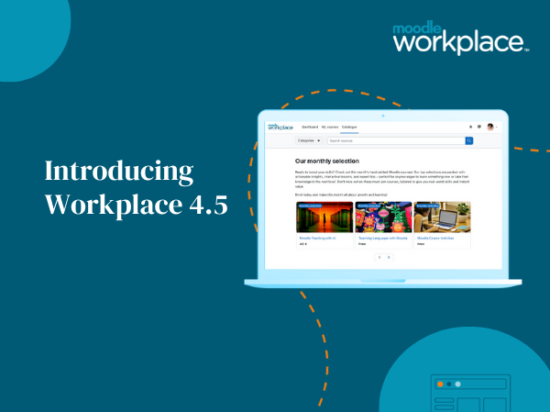“How much should I get paid?” is one of the key questions asked by most prospective employees. It’s always a tricky question to answer, particularly if you are contemplating a job in the eLearning industry.
In its wide ranging annual survey on salaries and educational requirements in the eLearning industry, the eLearning Guild has published useful information if you need some benchmarking on your current or future role as an eLearning or L&D practitioner.
First, you don’t have to be straight out of school to work in the industry. In its survey of job sites, the average age of the respondents was 47.6 and women outnumbered men by more than 2 to 1.More than half considered themselves “individual contributors” while a quarter of the 1,027 respondents were managers or supervisors and half held masters degrees. Another interesting finding is 42% of the respondents telecommute.
Now to headline question: How Much Should I Get Paid? The quick answer is that it depends on where you are working. The salaries ranged from a high of $84,421 in the U.S. to a low of $38,534 in India for L&D roles. The survey also found that higher degrees do not necessarily correlate to higher pay. Those with an Associates Arts two-year degree or a high school degree in the U.S. were pulling in $74,605 in L&D roles compared to $86,171 for employees with a Master’s degree. So that’s a good piece of news for job hunting straight out of high school and would indicate a strong demand in the eLearning industry.
The Guild survey said that employers are flexible about degrees but they are demanding more skills if you are applying for an Instructional Design role. The Guild lists those advertised skills as follows:
- Video production and editing
- Audio production and editing
- Web design/HTML5
- Game design/badges
- Dashboard creation
- Digital products
- Mobile app design
- Social and collaboration tools
- Support assorted learning platforms
- Data analysis
- Content curation
- Augmented, virtual, and mixed realities
Twenty-percent of the job advertisements were in higher education, which reflects a growing demand for online or blended learning.
In Part 2, we will talk about what recruiters want to know and what L&D executives can expect to earn.







